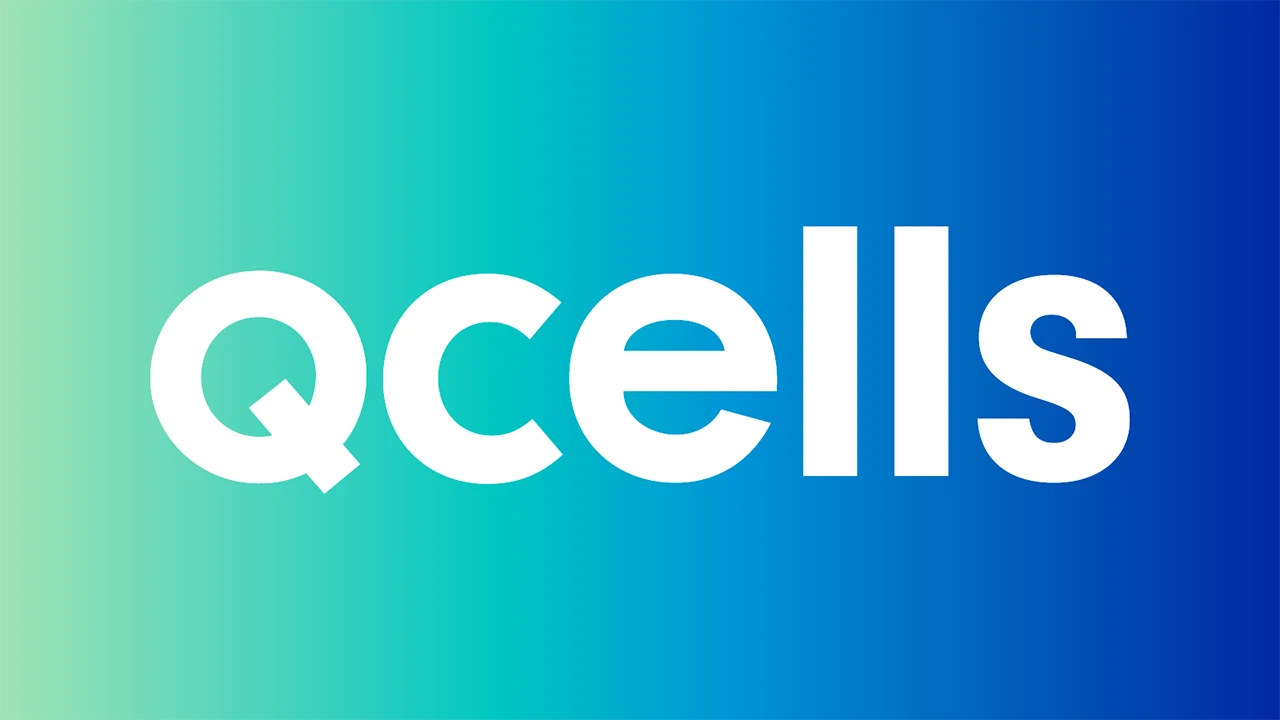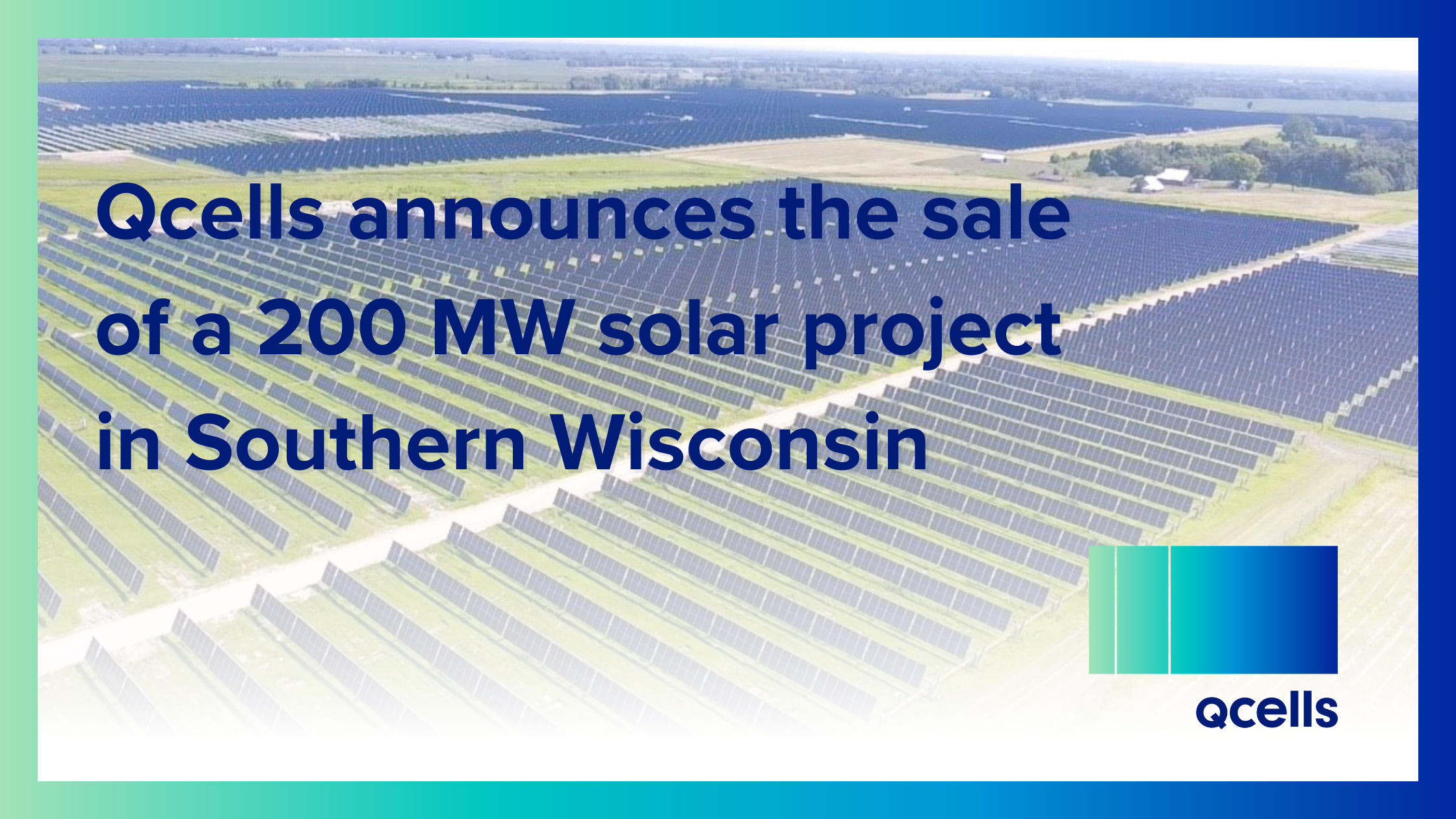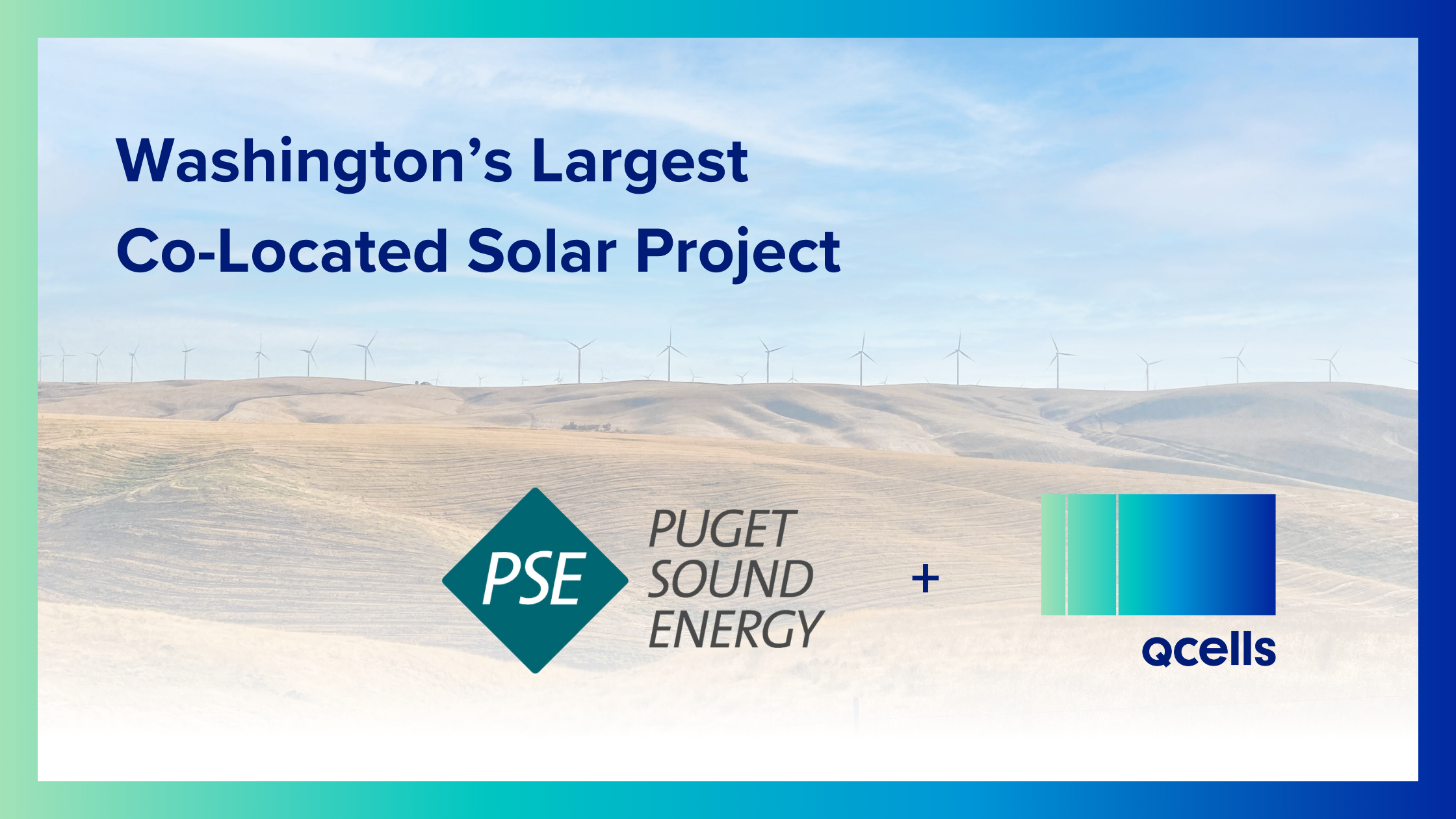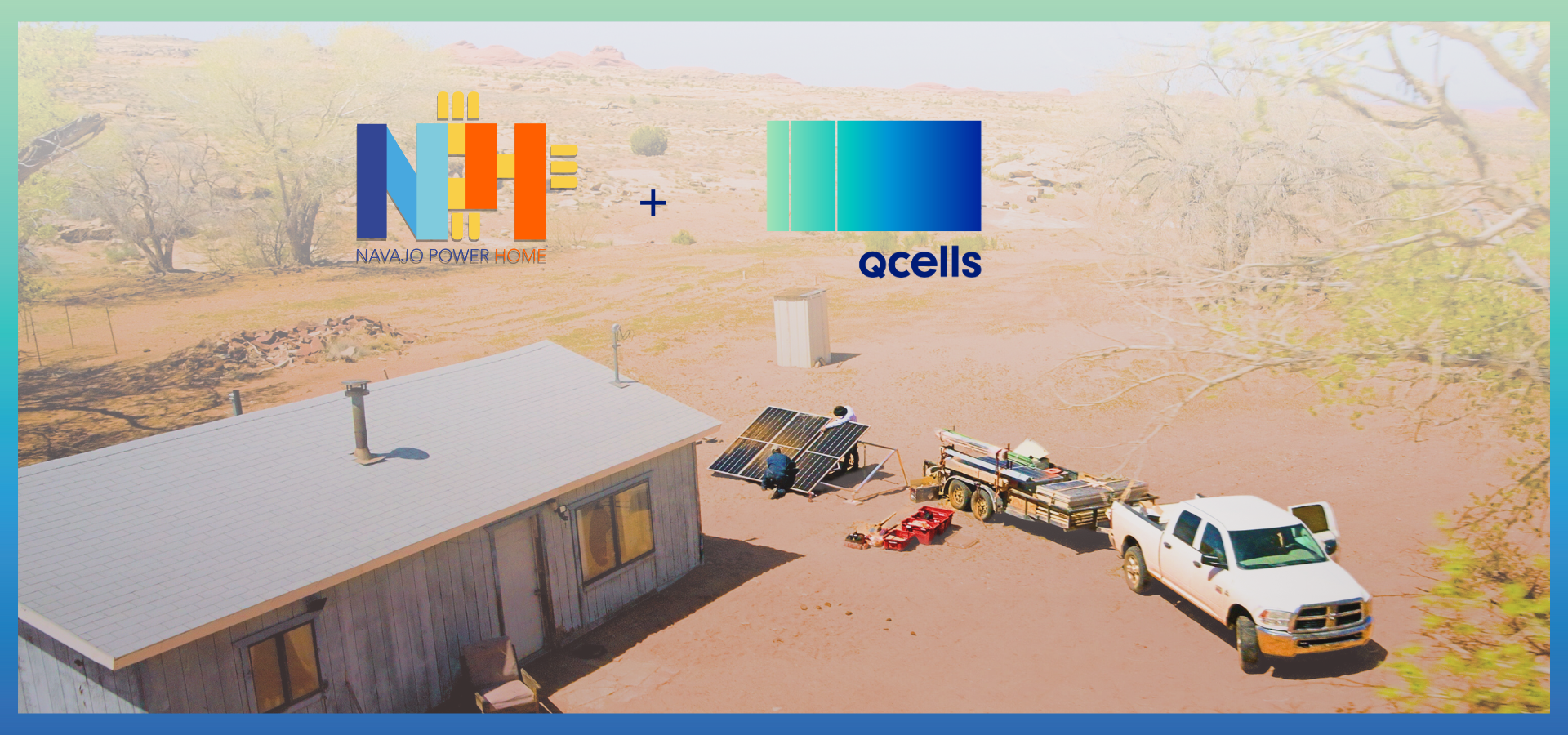The rising costs of fossil fuel generation and aging infrastructure are stressing the grid. Energy storage systems (ESS) can help utilities and customers when the grid faces challenges during peak hours or periods of high demand.
ESS can store energy during low-demand hours and release it when it’s needed. A number of incentives are available to pay storage owners for providing this flexibility.
In New York state, Value of Distributed Energy Resources (VDER) is a powerful incentive for making the most of energy storage. VDER compensates those who provide distributed energy resources, like solar and ESS, to the grid.
Rates vary depending on the location. Projects in ConEd in New York City and PSEG Long Island territories are the most lucrative. For example, an ESS paired with PV can earn between $175/kW per year and $275/kW per year, levelized over 20 years.
The Role of Energy Storage Developers
“Utilities need developers to site these projects,” said Mark Dougherty, Director of Solution Sales for Qcells North America. “Generally, the developers lease the land, build and own the project long-term and reap an investment return.”
But the rules surrounding VDER are complex, and developers can benefit from working with companies like Qcells, which has experience ensuring storage projects yield high values, he said.
“The VDER incentives are complicated because they include multiple value streams and some of them are uncertain,” said Jasmine Ouyang, Manager of Analytics and Grid Services for Qcells.
The values include the installed capacity value, or ICAP.
“For example, to capture certain ICAP values, energy storage would need to be discharged during a utility’s peak hour of the year, which is extremely difficult to predict,” she said.
A second value stack revenue is the Demand Reduction Value (DRV), the value a distributed energy resource provides to the local grid, she said. Storage can yield some of the highest revenues from this incentive, and it’s locked for 10 years.
“Qcells can help developers with a revenue-maximizing dispatch strategy to capture both ICAP and DRV based on our advanced machine learning forecasting and optimization algorithm,” said Ouyang.
Maximizing VDER Revenues with Geli EMS
Developers grappling with these decisions might ask themselves whether storage systems should be discharged for the ICAP or reserved for DRV. That’s where Qcells’ Geli energy management system (EMS) can help. The Geli platform can address complicated rate structures and create storage dispatch strategies that maximize the value of the resource.
Geli has shown just how helpful its system can be in the VDER program. “Over years of historical data, Geli researchers simulated battery operation in VDER programs, and our EMS achieved 89% to 99% of maximum DRV value, while at the same time earning 100% of the ICAP value,” said Scott Otterson, Staff Data Scientist at Qcells Geli.
The Geli EMS can also support a project’s entire life cycle, from design to ongoing operations, monitoring and management.
Summit Ridge Energy Partners with Qcells to Help Decarbonize the Grid
One company benefiting from Qcells’ suite of services is the nation’s leading owner-operator of community solar and storage assets, Summit Ridge Energy, which has three standalone energy storage projects in New York City.
“It’s critical that New York City and other large metropolitan areas have storage assets in place to improve grid resilience and energy reliability. We are addressing a fundamental need in New York and plan to support even more communities across the country with energy storage,” said Jason Spreyer, EVP Business Development and ESS General Manager at Summit Ridge Energy.
“Batteries are an integral part of decarbonizing the grid, and we want to be a leader in that effort,” he added.
These projects will produce approximately 12 megawatts (MW)/46 megawatt hours (MWh) of ESS capacity. Qcells supplied energy storage hardware and its Geli EMS to optimize the performance of the storage in the VDER program.
The Right Software, Partners and Use Case
“It’s important for developers to understand the VDER program’s risks and rewards and how they can make money,” said Spreyer. “I often say that battery systems are just software projects. Everything about the battery system is about the right software, the right partners and the right use case. When you have that, the rest can be filled in seamlessly.”





 USA & Canada
USA & Canada Korea
Korea Germany
Germany United Kingdom
United Kingdom France
France Italy
Italy Netherlands
Netherlands Greece
Greece Poland
Poland Portugal
Portugal Hungary
Hungary Spain
Spain Australia
Australia Japan
Japan